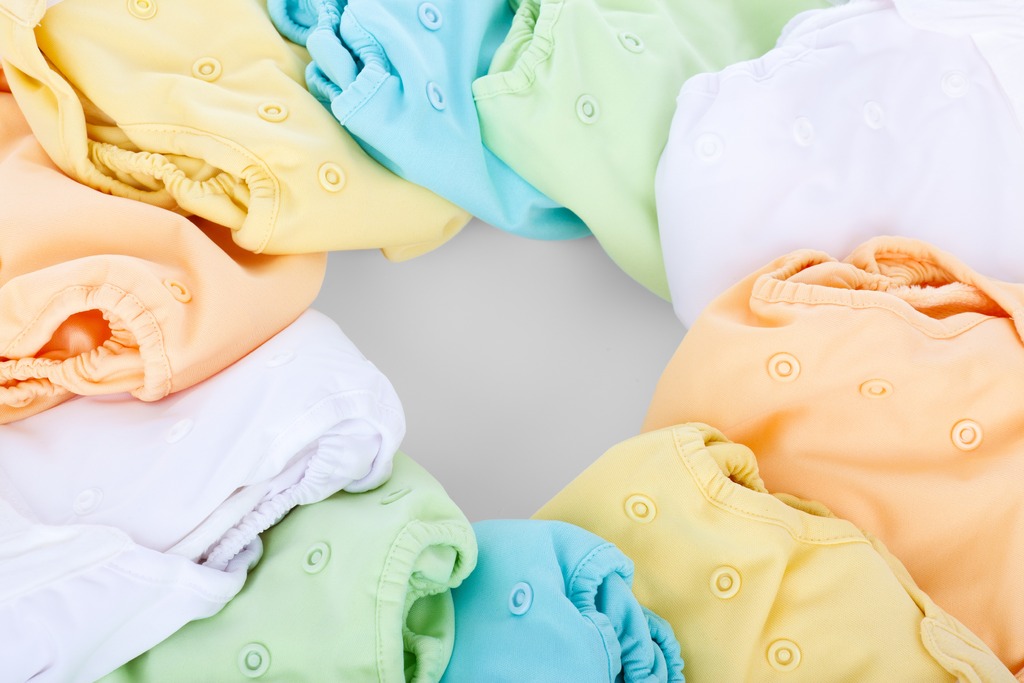7 Things You Need to Know About Slow Fashion
The slow fashion movement focuses on consuming and creating fashion consciously. It’s the opposite of the mass-produced fast fashion industry that focuses on using cheap material and labour to manufacture a garment that is likely to be thrown away relatively quickly. Slow fashion connects social and environmental awareness with the joy of wearing beautiful, long-lasting clothing.

Now you have an idea of what slow fashion is all about, check out the 7 things you need to know about it!
1. Slow Fashion Invests in Quality Materials
One of the best things about slow fashion is that it focuses on finding and using quality materials to create items that people will love for a long time. These materials will be more expensive to purchase, but when you consider the number of fast fashion items that you would normally buy over the life span of a more expensive item, you will find that there are lots of long-term savings to be had.
Many slow brands are also investing in alternative materials that do not require a negative environmental impact to produce. From biodegradable polyester to vegan leather alternatives, many of these new materials offer the longevity we need without the negative impact.
2. Slow Fashion Encourages Circularity
Instead of encouraging cheap items that can be bought in volume and discarded quickly, slow fashion works to encourage circularity. This means investing in clo9thing that can be reused, recycled, or composted when they are no longer needed. There’s no doubt that full circularity is a mission that will take us into the future but for now, buying items with a circular mindset will help us make progress.
Some items are created in a way that you can repurpose them when they have come to the end of their lifespan whereas others can be fixed or altered in order to be used again. You may even find places where you live in which you can swap or donate garments that are no longer of use to you so that they can continue to be useful for someone else.
3. Slow Fashion is Classic
Fashion trends come and go at an alarming rate, with many consumers left chasing new looks on a seasonal basis. The issue with this is that clothes are discarded long before they have reached the end of their life and landfill sites are becoming bigger as more people dump their excess to make way for new clothes.
Slow fashion works to ignore new hypes and trends, instead focusing on producing timeless and classic garments that remain relevant and accessible each season. The great thing about this is that you can work toward growing a truly slow wardrobe by picking out a few key items that you care for and enjoy for many years to come.
4. Slow Fashion Uses New Technologies
One of the biggest ways that slow fashion reduces waste is to use new technologies to bring their products to market. Digital rendering has become increasingly popular and allows companies to design their products, present them and review them without using any materials.
Digital rendering has the potential to offer a truly realistic view of what a garment may look like when it is made, helping customers to access items before they choose to order them for production.
5. Slow Fashion is Environmentally Positive
Whether we realize it or not, most fast fashion brands use a wide array of harmful chemicals in the production of clothes. These chemicals are used to dye, bleach, and change the texture of materials but the impact of this is the polluting of waterways and harm to the workers that are using the chemicals on a daily basis.
Slow fashion works to reduce the amount of chemicals needed for a garment and focuses more on showcasing the natural beauty that can be found in raw materials.
6. Slow Fashion is Ethical
Slow fashion isn’t just about the materials and making methods, it also covers the ethical practices of a fashion company. This includes the people that are employed to make the garments and the amount they are paid to complete the work.
Ethical approaches include paying a fair wage for the work completed, ensuring that child labour is not used in creating garments, and helping small garment-making businesses to get work that suits their expertise.
7. Slow Fashion is Traceable
There are many companies that try to greenwash consumers into believing that they are slower than they actually are. This is done by citing eco-friendly buzzwords that look and sound great to consumers.
However, to work out whether you are being greenwashed means looking into the policies and ethos of each company to make sure that they are backing up their claims with action. These policies should detail their business aims and practices so that you can feel confident that what you are buying is slow and ethical. As Hainsworth points out, slow fashion ‘is about the entire supply chain, from fibre to consumer, making the conscious decision to design, manufacture and consume fashion in a manner that connects environmental, ethical and social responsibility.’ Yes, it may take a bit of time and research, but when you have discovered the brands that are truly sustainable, you can enjoy shopping with them whenever you want.

Why Sustainability is the Future of Fashion
There is no doubt that the fashion industry needs to move forward and change direction if climate goals are ever to be met. The pressure for them to want to make this change needs to come from well-informed consumers who know how to shop sustainably and show brands that the future is green. Educating yourself on slow fashion is the first step, using that information to create purchasing power is the next!
